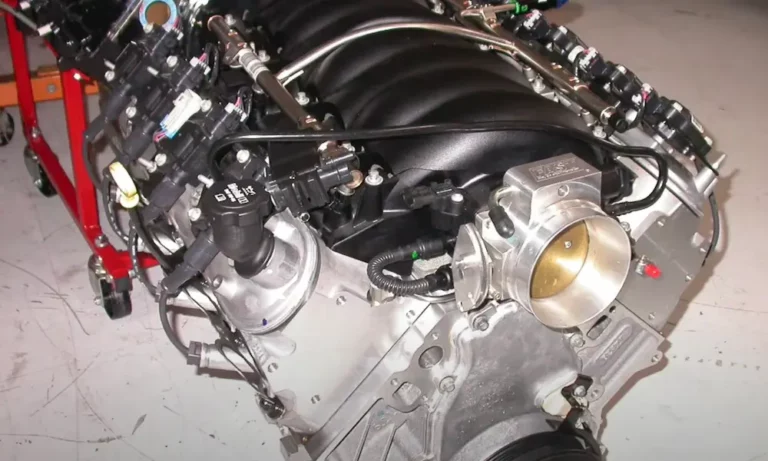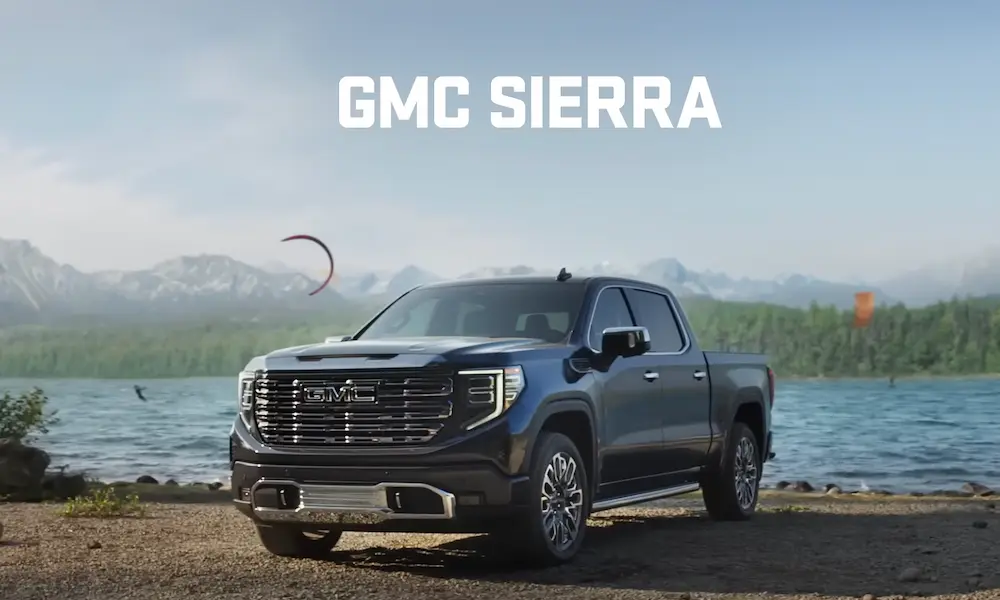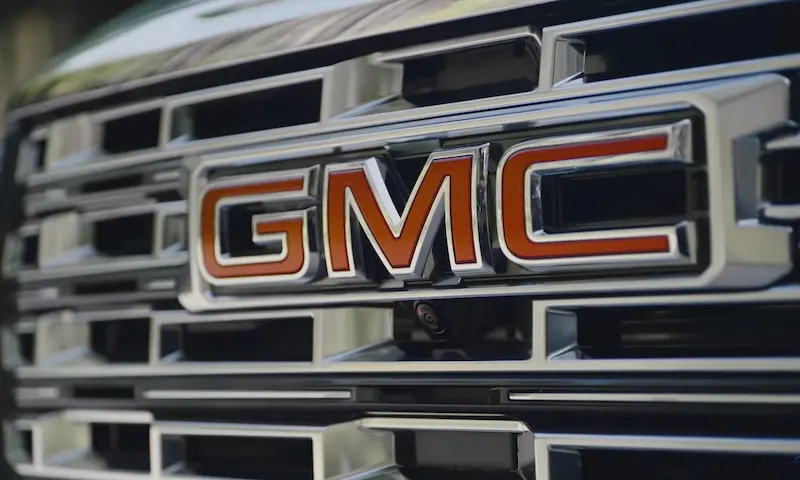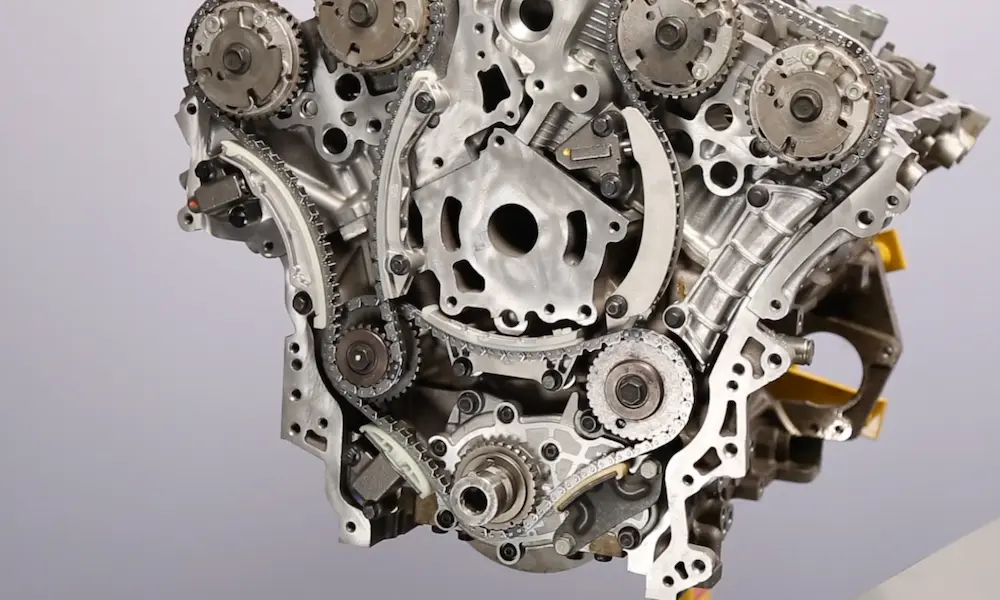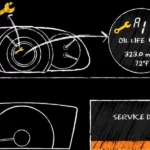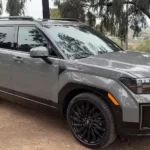Searching for reliable information about the L92 engine? You’re looking at one of General Motors’ most impressive V8 creations. This 6.2-liter aluminum powerplant became the heart of several luxury trucks and SUVs from 2006 to 2014, delivering robust performance and surprising versatility.
Whether you’re considering a vehicle equipped with this engine, planning modifications, or just curious about what makes the L92 special, this guide covers everything from technical specifications to common issues and upgrade potential.
What Is the L92 Engine?
The L92 engine is a 6.2-liter V8 developed by General Motors as part of their LS engine family. Often called the Vortec 6200, it’s essentially the truck version of the high-performance LS3 engine but optimized for bigger vehicles that need serious pulling power.
Running from 2006 to 2014, this powerplant delivered between 390-410 horsepower and 417 lb-ft of torque in its factory form. With its all-aluminum construction and variable valve timing, the L92 represented a significant advancement for truck engines of its era.
L92 Engine Specifications: The Technical Breakdown
Let’s get into the nitty-gritty details that make the L92 stand out among GM’s engine lineup.
Core Specifications
| Specification | Details |
|---|---|
| Displacement | 6,162cc (376 cubic inches) |
| Configuration | 90° V8 |
| Bore | 103.25mm (4.065 inches) |
| Stroke | 92mm (3.622 inches) |
| Compression Ratio | 10.5:1 |
| Block Material | Aluminum |
| Cylinder Head Material | Aluminum |
| Horsepower | 403hp @ 5,700 RPM |
| Torque | 417 lb-ft @ 4,300 RPM |
| Redline | 6,000 RPM |
| Fuel System | Sequential Fuel Injection |
The L92 uses a deep-skirt block design with six-bolt, cross-bolted main bearings that significantly increase strength and reduce vibration. This overbuilt design helps explain why the engine can handle substantial power increases with the right modifications.
You can identify a genuine L92 by checking the block casting numbers 12584724 or 12584727, which confirm its authentic GM heritage.
Valvetrain and Timing
The L92 features an overhead valve (OHV) design with 2 valves per cylinder. What separates it from earlier GM truck engines is its variable valve timing (VVT) system, which adjusts camshaft timing based on engine load and RPM.
This advanced VVT system helps deliver:
- Better low-end torque for towing
- Improved fuel efficiency
- Reduced emissions
- Enhanced overall power delivery across the RPM range
The timing chain is designed to be maintenance-free for the life of the engine, eliminating the replacement headaches associated with timing belts.
L92 Performance: Power Where It Counts
The L92’s performance characteristics were specifically tailored to excel in larger vehicles where low-end grunt matters more than high-RPM screaming.
Power Delivery
What makes the L92 special is how it delivers power. Unlike some high-performance engines that only come alive at higher RPMs, the L92 provides substantial torque right off idle. This makes it ideal for:
- Accelerating quickly with heavy loads
- Confident towing capabilities
- Smooth power delivery in everyday driving
In stock form, the engine produces peak torque of 417 lb-ft at a relatively low 4,300 RPM, meaning you don’t need to rev it hard to access its pulling power. The horsepower peaks at 403hp around 5,700 RPM, giving these trucks and SUVs impressive acceleration for their size.
Fuel Economy
Despite its substantial displacement and power output, the L92 delivered reasonable fuel economy for its class. In the 2010 Cadillac Escalade, for example, it achieved approximately:
- City: 14 mpg (20.1 L/100km)
- Highway: 21 mpg (11.3 L/100km)
- Combined: 17 mpg (14.5 L/100km)
These numbers reflect GM’s engineering balance between performance and efficiency, especially considering the size and weight of vehicles this engine typically powered.
Vehicles Equipped with the L92 Engine
The L92 found its home in GM’s premium trucks and SUVs across multiple brands. Here’s where you’d find this powerplant:
Cadillac Models
- Escalade (2007-2008)
- Escalade ESV (2007-2008)
- Escalade EXT (2007-2008)
Chevrolet Models
- Silverado 1500 (2008-2013)
- Tahoe LTZ (2008)
GMC Models
- Sierra 1500 (2008-2013)
- Sierra 1500 Denali (2007-2008)
- Yukon (2006-2014)
- Yukon Denali (2007-2008)
- Yukon XL 1500 (2006-2013)
- Yukon XL 1500 Denali (2007-2008)
Other Applications
- Hummer H2 (2008-2009)
In 2009, many of these vehicles transitioned to the L9H variant which added flex-fuel capability while maintaining the same basic architecture as the L92.
L92 Related Engine Variants: The 6.2L Family
The L92 is part of a family of closely related 6.2L V8 engines that share many components but incorporate different technologies to address specific needs.
L9H Engine
Introduced in 2009, the L9H engine was essentially an L92 upgraded with flex-fuel capability. This meant it could run on regular gasoline or E85 ethanol fuel without performance compromises.
The easiest way to identify flex-fuel injectors is to check the nozzle end – standard injectors have 2 holes while flex fuel variants have 4 holes. Otherwise, the L9H maintained the same performance specifications as the L92.
L94 Engine
The L94 variant arrived in 2010 and added Active Fuel Management (AFM) to the L92 design. This cylinder deactivation technology could shut down four cylinders during light load conditions to improve fuel economy.
The L94 kept the same variable valve timing and power output as the L92 but offered better cruising efficiency, making it a more advanced option in later Escalades and Yukons until 2014.
Common L92 Engine Problems and Solutions
While generally reliable, the L92 does have several known issues owners should watch for:
Cooling System Issues
The aluminum construction makes proper cooling crucial. Common problems include:
- Radiator clogging or damage leading to overheating
- Water pump failures that can cause temperature spikes
- Cooling fan malfunctions that reduce airflow
Regular coolant flushes (every 30,000 miles) and inspections of the cooling system components can prevent most of these issues before they cause serious damage.
Performance Problems
Several performance issues have been documented with these engines:
- Unstable idle often traces back to a dirty throttle body
- Engine misfires frequently caused by cracked ignition coils
- Camshaft liner wear from inadequate lubrication
Using the recommended 5W-30 oil and changing it every 5,000-7,500 miles helps prevent many of these problems. The engine holds approximately 6 quarts (5.7 liters) of oil.
Hardware Failures
Another documented issue involves thermal casing components and exhaust manifold bolts loosening or falling off over time. Regular inspection of these fasteners during maintenance can prevent bigger problems from developing.
L92 Lifespan and Durability
With proper maintenance, the L92 engine has an estimated lifespan of approximately 250,000 miles (400,000 kilometers). Many owners report even higher mileage with diligent upkeep.
Key factors affecting longevity include:
- Oil change frequency (recommended every 5,000-7,500 miles)
- Cooling system maintenance
- Driving habits (towing, high-load conditions)
- Climate and operating conditions
The L92’s aluminum construction offers weight savings, but requires more attention to cooling system maintenance compared to iron block engines.
Modifying the L92: Performance Upgrade Potential
For enthusiasts, the L92 provides an excellent foundation for performance enhancements.
Engine Building Capabilities
The L92 block can be bored and stroked to achieve displacements up to 427 cubic inches (7.0L). With appropriate upgraded internal components, the architecture can reliably handle approximately 1,000 horsepower, making it a popular choice for serious high-performance builds.
Camshaft Upgrades
Aftermarket camshafts represent one of the most effective power-adding modifications. Depending on the camshaft profile selected, wheel horsepower gains of 50-100+ hp are achievable. Camshafts with intake duration in the 215-230° range (at 0.050″ lift) offer a good balance between power gains and daily driveability.
Intake Considerations
The factory L92 intake manifold is actually quite well-designed with a 4-bolt 87mm throttle body, large plenum, and long runners that produce excellent low-end torque. For applications prioritizing high-RPM performance, aftermarket tunnel ram intakes can shift the power band upward, with crossover points typically around 5,000 RPM and potential gains of up to 35 wheel horsepower at higher engine speeds.
Simple Bolt-On Mods
For those wanting more power without major engine work, these simple modifications can yield significant results:
- Cold air intake systems: +10-15 hp
- Headers and exhaust upgrades: +15-25 hp
- Throttle body spacers: +5-10 hp
- Professional engine tune: +15-30 hp
Combined, these modifications can add 40-70 horsepower while maintaining reliability for daily driving.
L92 vs. LS3: What’s the Difference?
The L92 and LS3 engines share the same basic architecture and displacement, leading to frequent comparisons. Here are the key differences:
- The L92 uses unique cylinder heads designed for better low-end torque
- The LS3 has a slightly higher compression ratio (10.7:1 vs 10.5:1)
- The L92 came with variable valve timing not found on early LS3 engines
- The LS3 intake manifold is designed for higher-RPM power
- The L92 was primarily used in trucks and SUVs, while the LS3 powered performance cars
Many performance enthusiasts actually prefer L92 heads for certain builds due to their excellent flow characteristics combined with strong low and mid-range performance.
Why the L92 Remains Popular Today
Despite ending production in 2014, the L92 engine continues to be sought after for several reasons:
- Robust design that handles power upgrades well
- Readily available in salvage yards at reasonable prices
- Extensive aftermarket support for modifications
- Excellent combination of power and reliability
- Direct compatibility with many LS engine components
This makes the L92 a popular choice for engine swaps into older vehicles, particularly those looking for modern power with the reliability of factory engineering.
Finding L92 Replacement Parts
When servicing an L92 engine, many components are shared across the LS engine family, making parts readily available. However, some components are L92-specific:
- Intake manifold (GM part #12580420)
- Cylinder heads (casting #317 or #823)
- VVT camshaft (GM part #12623066)
Aftermarket support is extensive, with companies like Summit Racing offering everything from simple replacement parts to complete performance upgrade packages.
Most auto parts stores carry common maintenance items like filters and spark plugs. For performance parts, specialty suppliers offer extensive options for nearly any modification goal.
L92 Engine: The Final Verdict
The L92 represents one of GM’s most successful truck engine designs, blending significant power with the reliability needed in premium vehicles. Its all-aluminum construction, variable valve timing, and robust architecture made it a standout performer that continues to influence engine design today.
Whether you’re maintaining a vehicle equipped with this powerplant or considering it for a custom project, the L92 offers an impressive combination of performance potential and proven durability. With proper care, these engines can deliver hundreds of thousands of miles of service while maintaining their impressive power delivery.
For those looking to extract even more performance, the L92’s overbuilt design provides substantial headroom for modifications, making it a favorite among enthusiasts who appreciate its blend of modern technology and classic V8 character.

